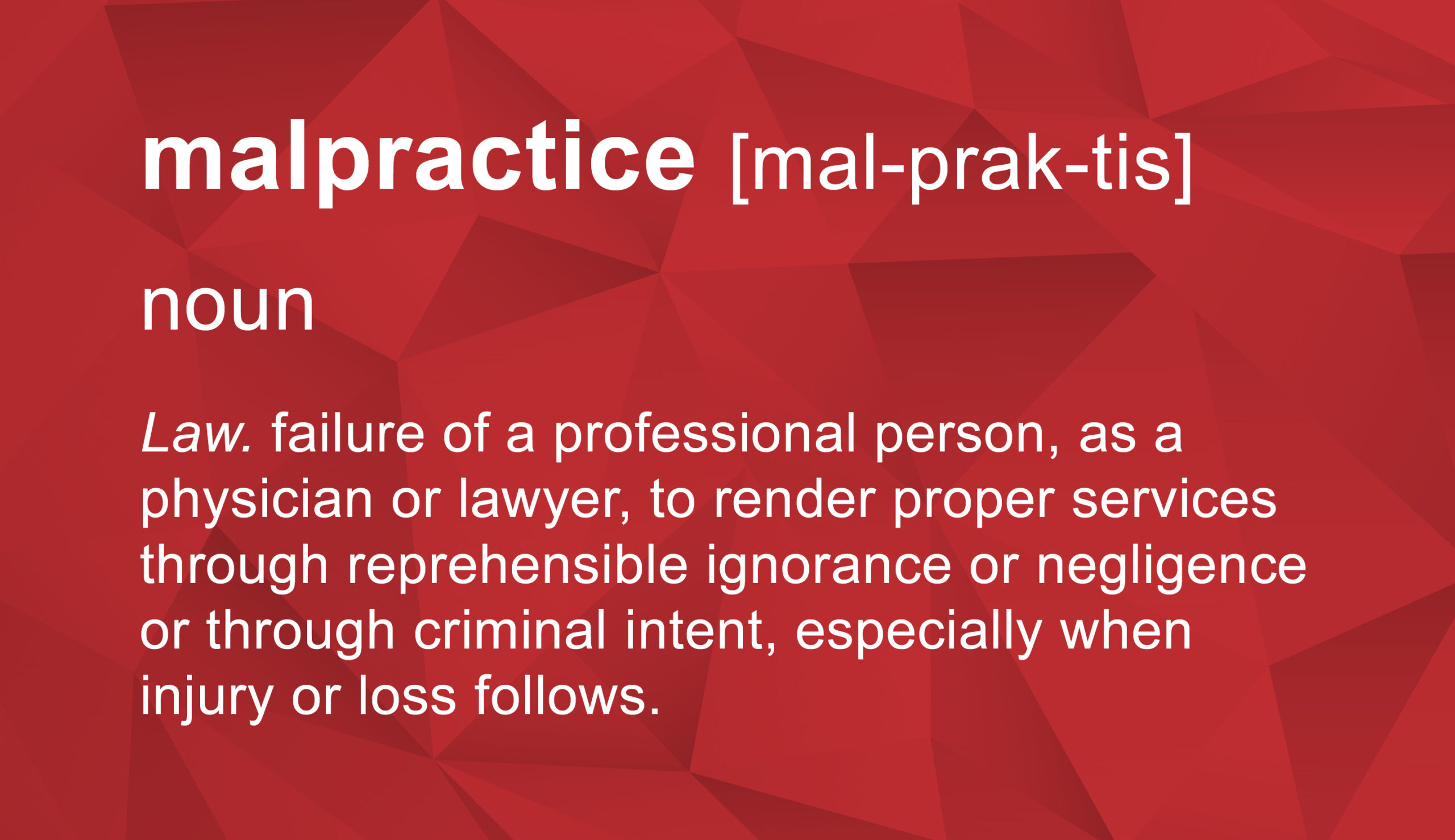
5 ways to prevent a malpractice lawsuit
Each year, 1 in 14 physicians will face a medical malpractice lawsuit. Medical malpractice can take many forms: a poor outcome during a procedure, an incorrect diagnosis, or even a mistake made in the patient’s record.
While more than 90% of suits are settled outside of court, most with no payment to the plaintiff, those that do can be incredibly detrimental to your well-being, your financial situation, and your career. Below, you’ll find a few simple strategies that can help you prevent a medical malpractice lawsuit.
Establish positive patient-physician relationships
One of the most common underlying themes of malpractice lawsuits is poor communication. Lack of open conversation, inadequate discussions around long-term impacts, and poor listening are just a few of the complaints cited by patients who decided to sue. Taking the time to develop connections through mutual trust, education, and open dialog can save you from a lawsuit down the road.
Get everything in writing
When accepting new patients in an outpatient setting, it is a good idea to have them sign a statement that goes over conditions of treatment and establishes expectations regarding the patients’ responsibilities in regards to appropriate demeanor, payment for services provided, appointment cancellations, and follow-up appointments.
In addition to getting oral consent before a procedure, you should have a form that lists out all potential complications and side effects that the patient must sign off on. Having it in writing can prevent a lawsuit if an adverse event does occur.
Keep thorough documentation
The phrase, “if it’s not in writing, then it didn’t happen,” can be a driving factor behind malpractice lawsuits. However, the opposite is also true. Consistent and thorough documentation has the potential to stop a suit before it starts. Because the defense can easily argue that the action in question did happen, it is much less likely that the plaintiff can win their case.
Refer patients as needed—and follow up
If you have a patient with a medical condition that you don’t see very often, be sure that you understand the latest information on the condition’s diagnosis and treatment. If the condition is serious or if you’re not 100% comfortable treating it, you can refer the patient to a specialist to ensure that they get the best care possible.
In addition, if you work with advanced practice providers, be sure to define and regularly review the situations that would warrant a referral to a physician or a second opinion.
If a patient has a life-altering or life-threatening condition, keep a close eye on them and, of course, document your actions. As a precautionary measure if they don’t follow up with you, send a certified letter explaining the risks.
Select your malpractice insurer carefully
When considering your options, look for a medical malpractice insurer with a winning record and a focus on the best interests of the physicians they work with. You’ll want to be sure that your insurer of choice is financially sound, and that they can provide defense at all stages of litigation.
At CardioSolution, we provide our physicians with medical malpractice and tail coverage to ensure that they are protected. To learn more about all of the benefits we have to offer, click here or send an email to [email protected].
 company
company 
 (877) 880-0346
(877) 880-0346











